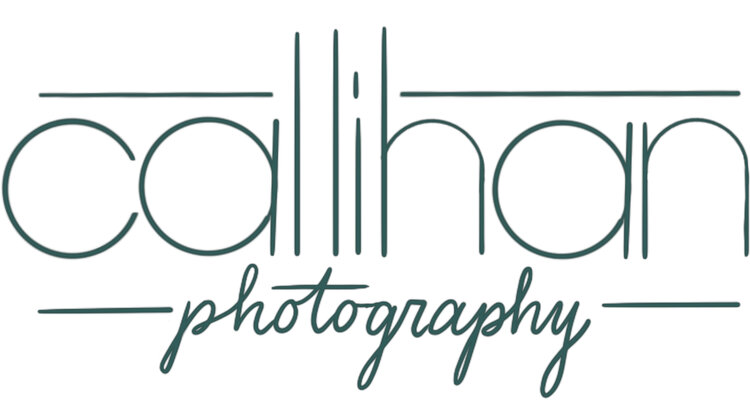I think about color often. Color can make or break your artwork. Color can alter the mood of a photograph, or even change the impact it makes on a viewer. Let’s dive into how color works.
Terms:
Here are some term definitions that might be valuable when discussing colors.
Hue: Another name for a color.
Tint: Any Color plus White.
Tone: Any Color plus Gray.
Shade: Any Color plus Black.
Key Color: Dominant color in a palette or color scheme.
Value: The lightness or darkness of a color.
Now that that’s established let’s start with the basics:
The Color Wheel
Let’s start with the color wheel. First you have your primary colors. Those are red, yellow, and blue. These colors cannot be created with any other colors, so they are considered primary. You can create secondary colors by mixing the primary colors. These include orange, green, and violet. By mixing red and yellow you get orange, and blue and yellow make green. Blue and red make violet. Tertiary colors are made by mixing one primary color and one secondary color. For example, mixing blue and green will give you teal. Warm colors are reds, oranges, and yellows. So cool colors are on the other side of the color wheel. They include blues, greens, and violets.
Complementary Colors
Complementary colors are directly across from one another on the color wheel. Such as blue and orange. If you mix any complementary colors when painting, you’d get brown. These contrasting colors will tone each other down. However, if you place complementary colors next to one another they can make an image pop. It can make the viewer feel uncomfortable. Perhaps you want your subject to stand out in the scene. Often complementary colors are used to achieve this. For instance, placing a person in a blue shirt next to an orange wall achieves this. Cinematographers often use teals and blues in the shadows and oranges and yellows in the highlights to color grade.
Red and Green are Complementary
Violet and Yellow Complements.
Blue and Orange Complementary Colors
Triad Colors
Triad colors are also known as a color harmony. Color harmonies are very pleasing to the eye. For example, blue, yellow, and red (the primary colors). Or green, orange and violet. These combinations create a bold and vibrant palette. A tetrad would be 4 or more colors on the color wheel.
Red/Blue/Yellow are a color harmony
Orange/Violet/and Green are a color harmony
Mono-Chromatic
This is any shade, tint, or tone of one color. So, an image that is all blues, or all greens is mono chromatic.
Analogous
Analogous colors are any shades, tints, or tones of colors that lie adjacent to each other on the color wheel. For example: blue, blue-green and green.
Mood:
Have you ever wondered why fast-food restaurants use red and orange colors? Or how the police always use blue? Color can affect mood, and it is incredibly valuable in not only marketing but also artwork. Happy colors are often thought of as bright and warm colors, where sad colors are gray and muted. Blues are used to ensue calm and safe feelings, which is why police use it. Reds and oranges are used to make you feel energized and induce hunger. Which is why fast-food places utilize these colors. Yellow is often used to produce feelings of nostalgia and childhood. Green is always used to symbolized wealth and refreshment. Purple symbolizes mystery and creativity. It also induces a feeling of luxury and wealth. Pinks are playful and romantic. Browns represent stability, and dependability (think down to earth). Black is bold and powerful. It can also be used for mourning. Whites symbolizes minimalism and simplicity. Think about how you want your viewer to feel and then choose your colors accordingly.
RGB:
Red, green, and blue are used to create all of the colors for online use, and television. So, when you are editing in Adobe Photoshop and sample a color in a photo it will come up with RGB numbers. To reduce the red, you will add cyan. To reduce the green you will add magenta, and to reduce the blue you will add yellow. These will all affect your color balance.
In Conclusion:
Colors are so important in art and design. To use them properly you must study how they mix, how they make you feel, and how they work together as a palette. They can elevate your art to a new level if you take them into consideration.
Thanks for reading!













